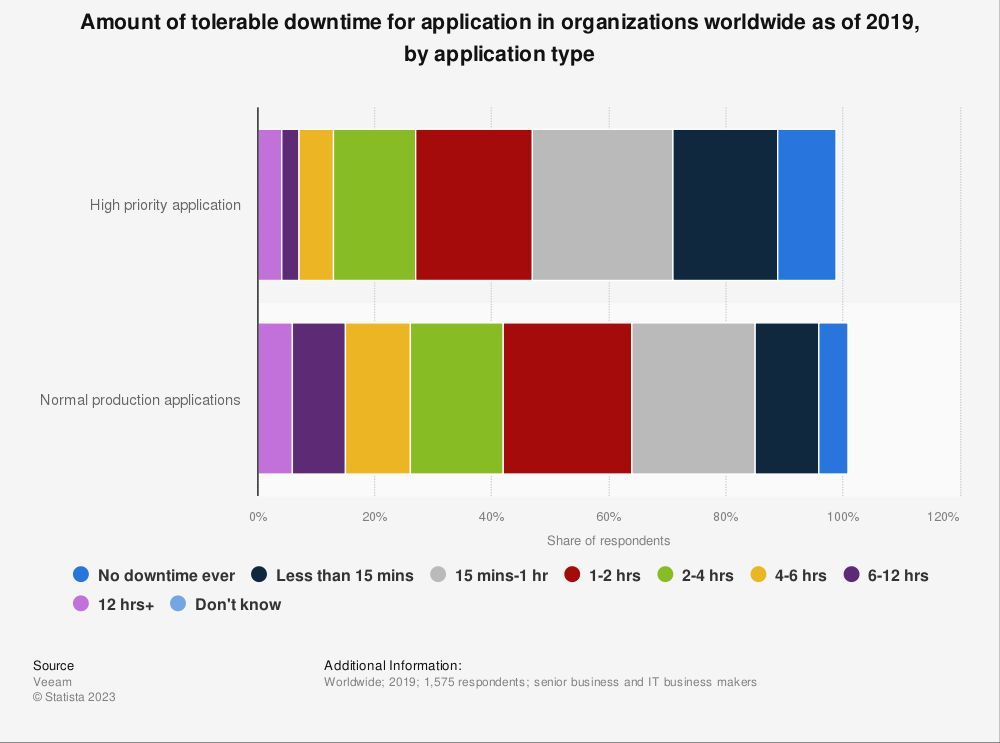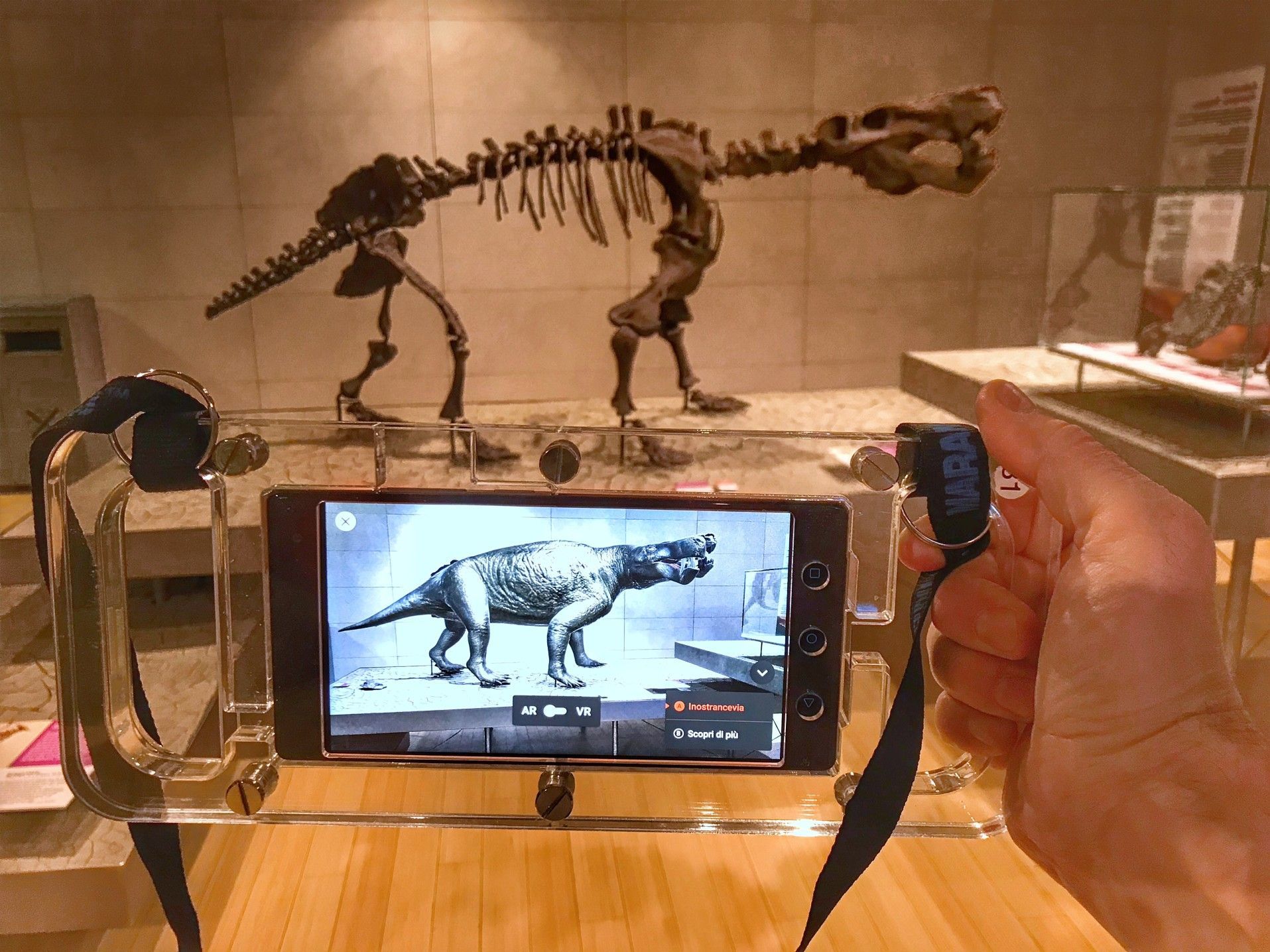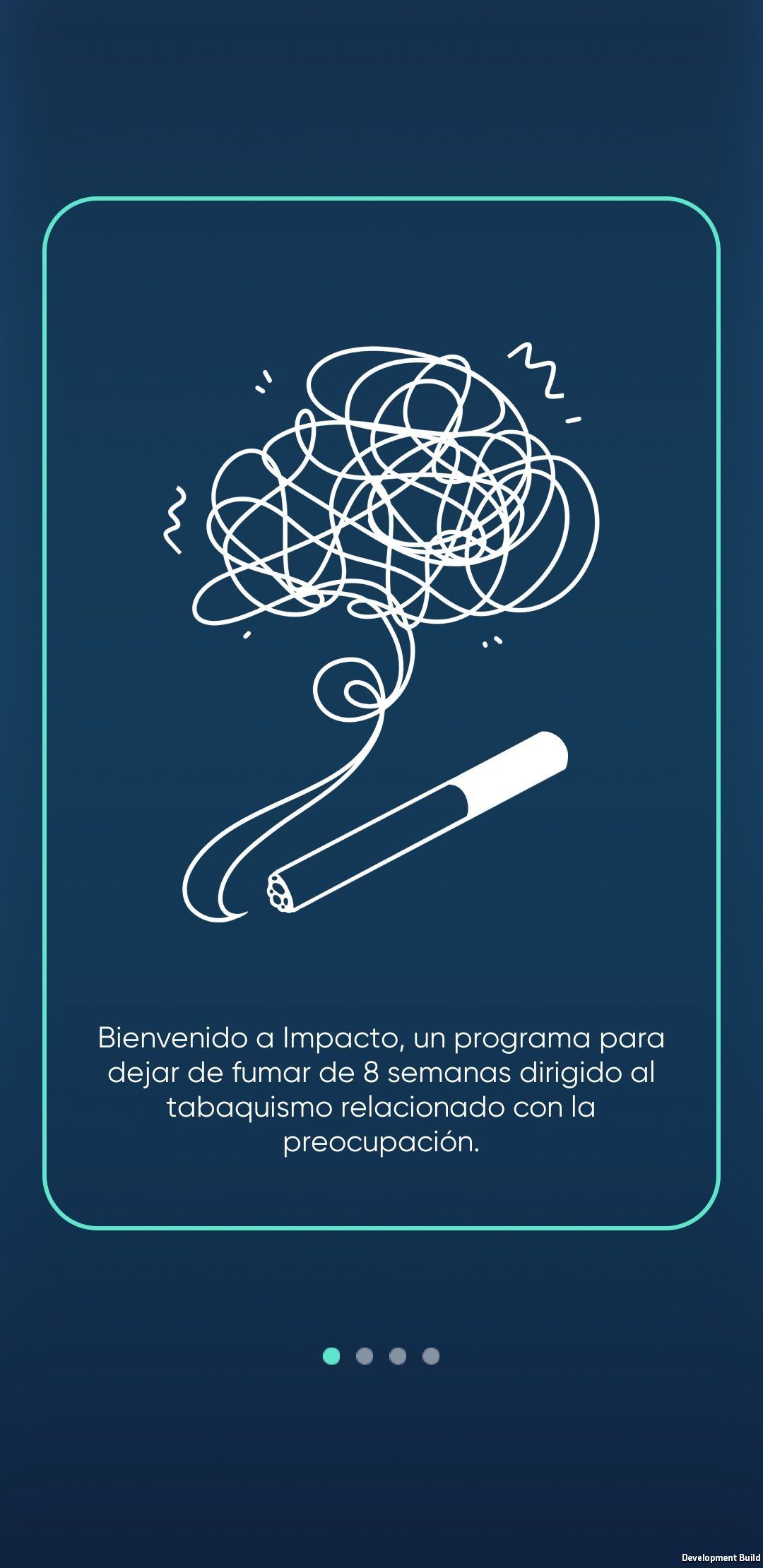
Applications these days are like living, breathing things. They can rarely be turned on and off at will or just let run for years without worry. They need care, attention, and sometimes during critical moments, constant monitoring.
The Simple Truth: Almost Every App Needs A Maintenance Budget
While designing and building apps we get a lot of questions about maintenance and support. How much will it cost to maintain the app? How will support be handled for the app? What happens if I find a bug in two months? What happens if the app becomes unusable because of a third party update?
These are GOOD questions and should absolutely be discussed prior to hiring anyone for the initial design and/or build of an app.
The questions we ask in return at Part Time Evil are:
How long are you planning to use the app?
If the answer is for more than a few days or weeks, you are very likely to need ongoing maintenance and support.
How many people will be using the app?
Even if an app is used for only a relatively short time period, if a lot of users are interacting with it, it will need to be heavily monitored and ready to receive rapid-bug-fixes during the use period.
An example of this is an interactive app designed for an annual festival taking place over one weekend. The app may not need to be fully maintained year round, but it will need to be heavily supported in the days leading up to and during the event. You may also want to keep budget available for annual technical updates, feature expansions, UI/UX tweaks, and content improvements during the break between events.
What are the data collection requirements for the app?
Even if an app is used for only a relatively short time period AND by a small number of users, if the data collected by the app is important and/or sensitive, maintenance will be an ongoing expense.
For example, if you are building an app that will be used in a clinical trial that will last three years, even if you do not plan to change any features or content within the app, maintenance and support will be necessary to ensure the consistent collection and flow of data through the app. The app will also need to be monitored for any possible third party changes that may cause downtime or data loss.
What Drives The Cost of App Maintenance?
Making an app costs more than its design and development – if you need it to keep running smoothly, you’ll need to budget for ongoing support and maintenance. Left unattended, your app may become a clunky mess of bugs and bad UX or cease working entirely. For your app to succeed, it’s imperative to keep it up-to-date and prepare in advance for the price of doing so. You might say that’s all fine and dandy, but how much should be realistically set aside for app maintenance?
The cost of app maintenance and support can depend on a number of factors, including:
- The age of the app
- The language or platform/engine used to build the app
- The device(s) the app needs to function on
- The size of the user base
- The response time and uptime required, and
- The complexity and range of features, integrations, and content included within the app.
App maintenance is often cited as a percentage of development cost, and while this approach can be used for quick back-of-the-hand math, it can be misleading in certain cases.
Typically maintenance as a percentage of development cost is highest within the first year of going live. Companies and organizations rolling out a new app should expect to pay as much as 50% of the initial development price in the first year after go-live. After that a common rule of thumb (although as we noted above, an often misguided one) is that you should plan to pay anywhere from 15-25% of the app’s development cost per year.
By that rule, if you’ve had a simple app made for $60,000, maintenance for the first year would cost up to $30,000 and maintenance for the second year and beyond would cost approximately $12,000 per year. Maintenance fees for enterprise apps are even higher, as developing business apps cost anywhere from $100,000 to $500,000 on average.
Keep in mind the prices are never fixed – you have to account for inflation and cost fluctuation, too.
If your app includes a large amount of animations, integrations, critical data, and/or is in a heavily regulated industry, the cost will likely be higher.
Can you get maintenance on the cheap? Sure! Just like with everything on the open market, there is a range of service providers that vary in both cost, quality, and level of service. Whenever possible, it’s best to have the team that built the app involved somewhere in the web of maintenance personnel. They don’t necessarily need to be the first and only line of support, but when all else fails, having the original developer at your fingertips can be clutch.
What Happens If You Don’t Pay For App Maintenance?
Let’s imagine you have an app designed and developed, then let it sit untouched after launch. What happens? Well, a number of things could go wrong.
Bugs may pop up over time, affecting user experience. Hardware and OS updates could lead to sudden incompatibilities. If your security protocol is out-of-date, your app will be easier to hack, leaving the personal information of you and your users vulnerable to attack. Worst case scenario, your app goes down completely, which can be disastrously costly and impact trust in your organization.
Recent studies and surveys specific to application downtime have found that the average normal-priority app downtime can cost around $60,000 per hour, while downtime on critical or high-priority apps and servers increase dramatically.
The data visualization from Statista below shows common “tolerable” downtime length for applications. This is definitely something you want to consider if you don’t have an active maintenance contract, as many software companies will require a signed contract and money in the bank before they will jump in and find the problem.
Keep in mind that app users become frustrated when bugs aren’t fixed and UI flaws aren’t improved, which leads to the dreaded uninstallation or just overall lack of use. Alternatively, a smoothly running app with UX design that adapts to user feedback results in positive ratings and new users. By spending money on regular app maintenance, you’re likely saving money by increasing your ROI.
You need app maintenance in order to prevent downtime, fix bugs, and keep your app up-to-date with new hardware, OS, and security protocol versions. If you want an app people love to use, you have to plan for app maintenance and budget accordingly.
Want to know more about app development and how to budget for its lifespan? Ask us anything or get in touch for a free quote.




